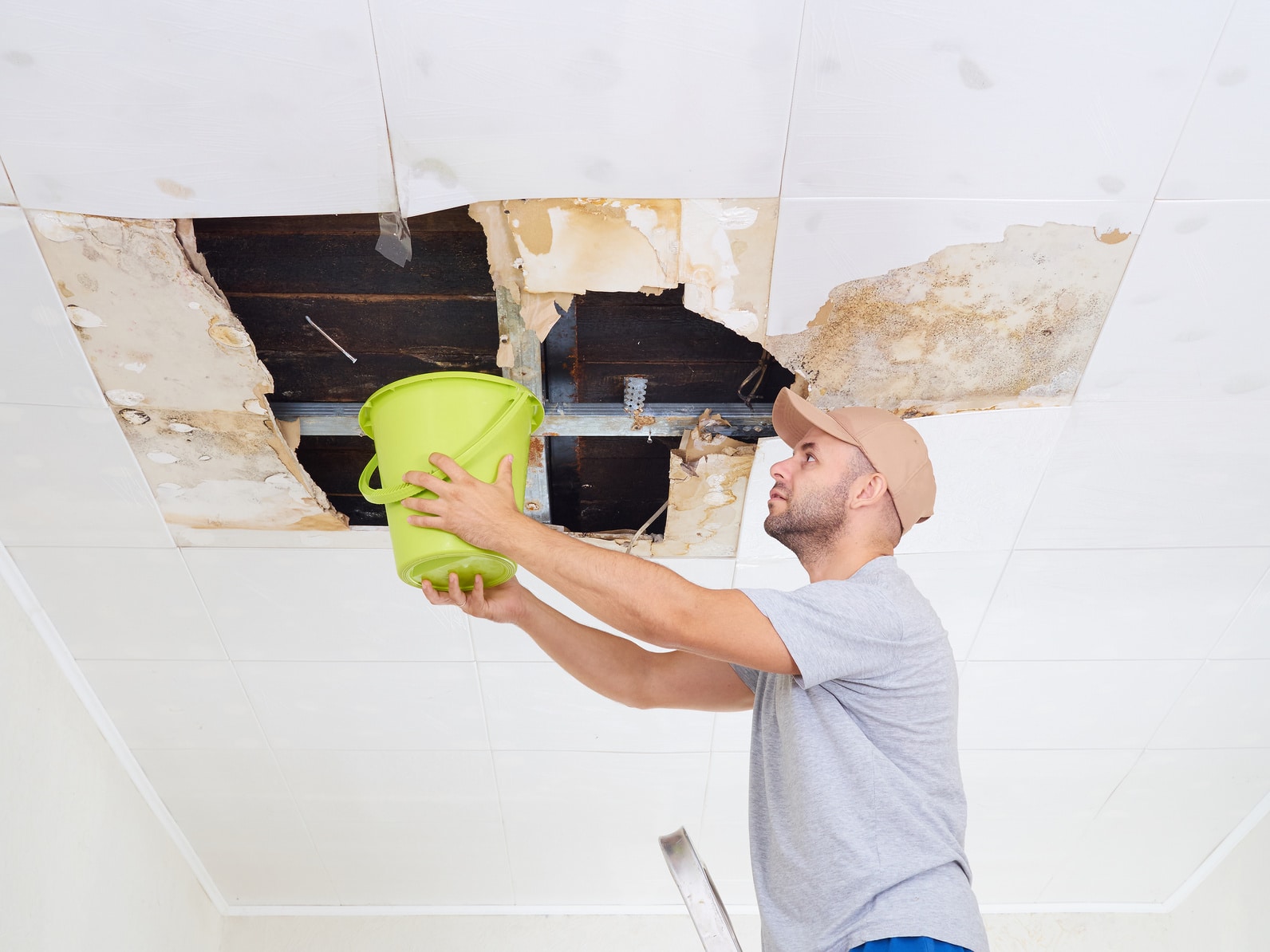Do's & Don'ts of Water Restoration.
Do's & Don'ts of Water Restoration.
Blog Article
Just how do you really feel when it comes to Safety Tips To Prevent Fire And Water Damage?

Though water provides life, water intrusion on components where it's not intended to be can cause damages. It can peel away surface areas and deteriorate the foundation if the water saturates into your framework. Mold as well as mold additionally flourish in a moist setting, which can be hazardous for your health. Residences with water damages smell moldy and also old.
Water can come from numerous resources such as typhoons, floodings, ruptured pipelines, leakages, and sewer issues. In case you experience water damage, it would be excellent to recognize some safety and security preventative measures. Here are a couple of guidelines on just how to manage water damage.
Do Prioritize House Insurance Policy Insurance Coverage
Water damage from flooding because of hefty winds is seasonal. Nonetheless, you can likewise experience an unexpected flooding when a damaged pipeline suddenly ruptures into your residence. It would be best to have home insurance that covers both acts of God such as natural catastrophes, and also emergency situations like broken plumbing.
Don't Fail To Remember to Switch Off Energies
This cuts off power to your entire residence, stopping electrical shocks when water comes in as it is a conductor. Don't forget to turn off the major water line shutoff.
Do Stay Proactive as well as Heed Weather Alerts
Pay attention to discharge warnings if you live near a creek, lake, or river . Doing so lowers possible residential or commercial property damages.
Do Not Neglect the Roof
You can prevent rainfall damages if there are no openings and also leaks in your roofing system. This will certainly protect against water from streaming down your wall surfaces and saturating your ceiling.
Do Take Notice Of Tiny Leakages
A ruptured pipe does not occur overnight. Normally, there are red flags that suggest you have actually compromised pipelines in your home. As an example, you might see bubbling paint, peeling wallpaper, water touches, water spots, or trickling audios behind the walls. At some point, this pipeline will break. Ideally, you should not await things to intensify. Have your plumbing fixed prior to it causes substantial damages.
Do Not Panic in Case of a Burst Pipeline
Keeping your clearheadedness is crucial in a time of dilemma. Because it will certainly stifle you from acting quick, stressing will just intensify the trouble. When it pertains to water damage, timing is vital. The longer you wait, the more damages you can expect. Thus, if a pipe bursts in your house, right away shut down your main water valve to cut off the source. Unplug all electrical outlets in the area or transform off the circuit breaker for that component of the home. Call a reputable water damages reconstruction expert for aid.
Water gives life, water invasion on components where it's not expected to be can result in damages. Homes with water damage smell mildewy and old.
Water damage from flood charges to heavy winds is seasonal. You might notice gurgling paint, peeling wallpaper, water touches, water spots, or trickling sounds behind the wall surfaces. When it comes to water damages, timing is essential.
Some Do's & Don't When Dealing with a Water Damage
DO:
Make sure the water source has been eliminated. Contact a plumber if needed. Turn off circuit breakers supplying electricity to wet areas and unplug any electronics that are on wet carpet or surfaces Remove small furniture items Remove as much excess water as possible by mopping or blotting; Use WHITE towels to blot wet carpeting Wipe water from wooden furniture after removing anything on it Remove and prop up wet upholstery cushions for even drying (check for any bleeding) Pin up curtains or furniture skirts if needed Place aluminum foil, saucers or wood blocks between furniture legs and wet carpet Turn on air conditioning for maximum drying in winter and open windows in the summer Open any drawers and cabinets affected for complete drying but do not force them open Remove any valuable art objects or paintings to a safe, dry place Open any suitcases or luggage that may have been affected to dry, preferably in sunlight Hang any fur or leather goods to dry at room temperature Punch small holes in sagging ceilings to relieve trapped water (don't forget to place pans beneath!); however, if the ceiling is sagging extremely low, stay out of the room and we'll take care of it DO NOT:
Leave wet fabrics in place; dry them as soon as possible Leave books, magazines or any other colored items on wet carpets or floor Use your household vacuum to remove water Use TV's or other electronics/appliances while standing on wet carpets or floors; especially not on wet concrete floors Turn on ceiling fixtures if the ceiling is wet Turn your heat up, unless instructed otherwise

As an enthusiastic person who reads about Simple Solutions To Preventing Fire And Water Damage To Your Home, I think sharing that chunk was really useful. Liked our write up? Please share it. Help others check it out. We appreciate reading our article about Simple Solutions To Preventing Fire And Water Damage To Your Home.
Report this page